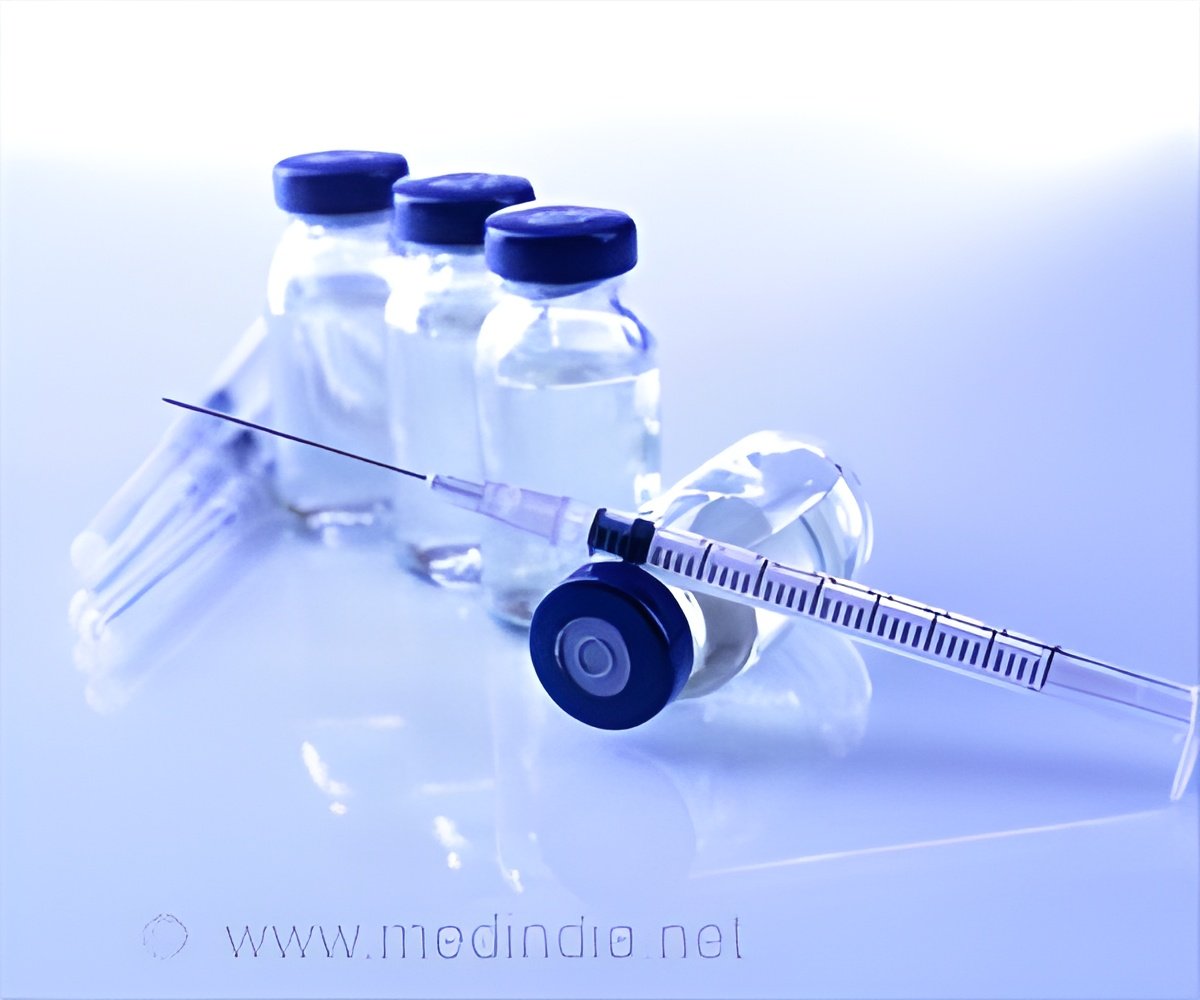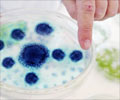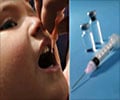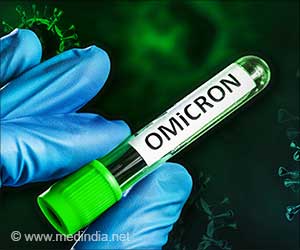
‘New vaccine's potency, stability, and manufacturability differentiate it from many other vaccines under investigation.’
Read More..Tweet it Now
Strong B-cell response is seen after immunization, targeting multiple different sites on the Spike protein. This may ensure protection against mutated strains of the virus.Read More..
The findings are published in Cell. The lead authors of this paper are Alexandra Walls, a research scientist in the laboratory of David Veesler, who is an associate professor of biochemistry at the UW School of Medicine; and Brooke Fiala, a research scientist in the laboratory of Neil King, who is an assistant professor of biochemistry at the UW School of Medicine.
It was developed using structure-based vaccine design techniques invented at UW Medicine. It is a self-assembling protein nanoparticle that displays 60 copies of the SARS-CoV-2 Spike protein's receptor-binding domain in a highly immunogenic array.
"We hope that our nanoparticle platform may help fight this pandemic that is causing so much damage to our world," said King, inventor of the computational vaccine design technology at the Institute for Protein Design at UW Medicine.
"The potency, stability, and manufacturability of this vaccine candidate differentiate it from many others under investigation."
Advertisement
"I am delighted that our studies of antibody responses to coronaviruses led to the design of this promising vaccine candidate," said Veesler, who spearheaded the concept of a multivalent receptor-binding domain-based vaccine.
Advertisement
Source-Medindia












